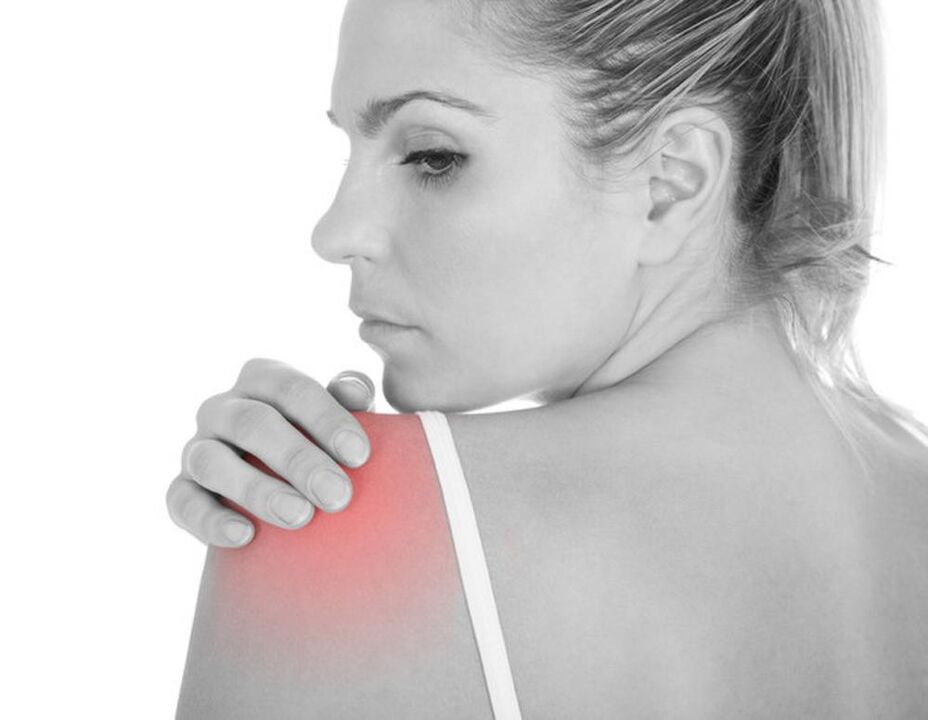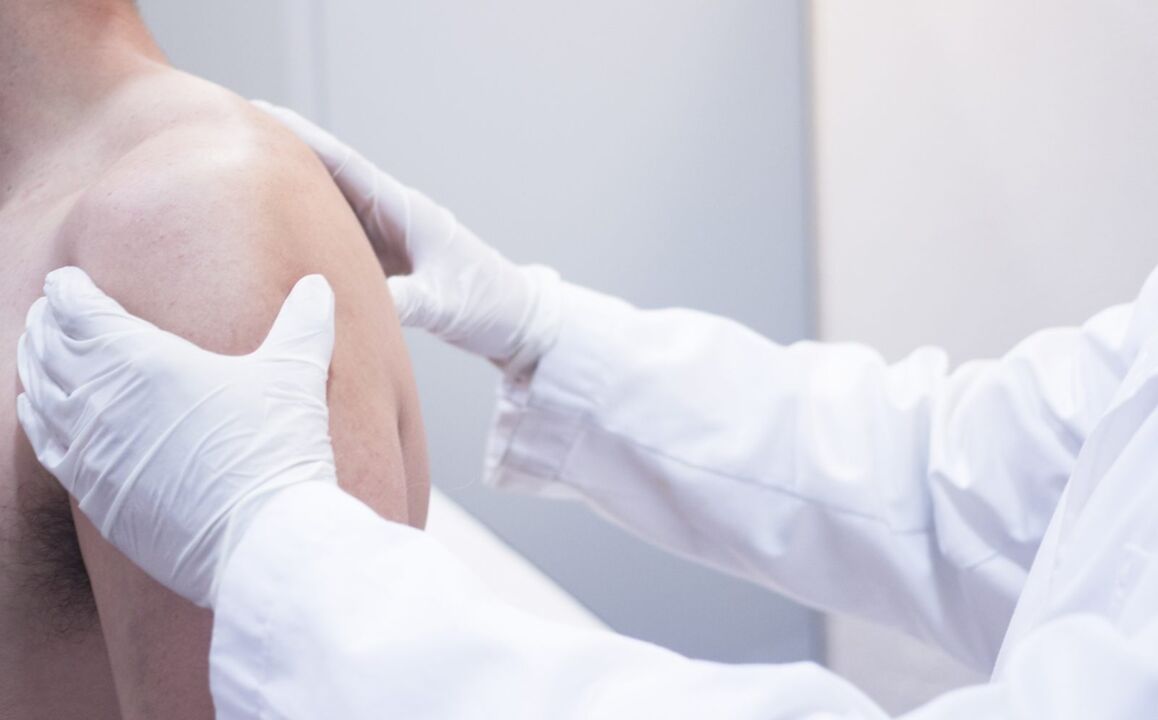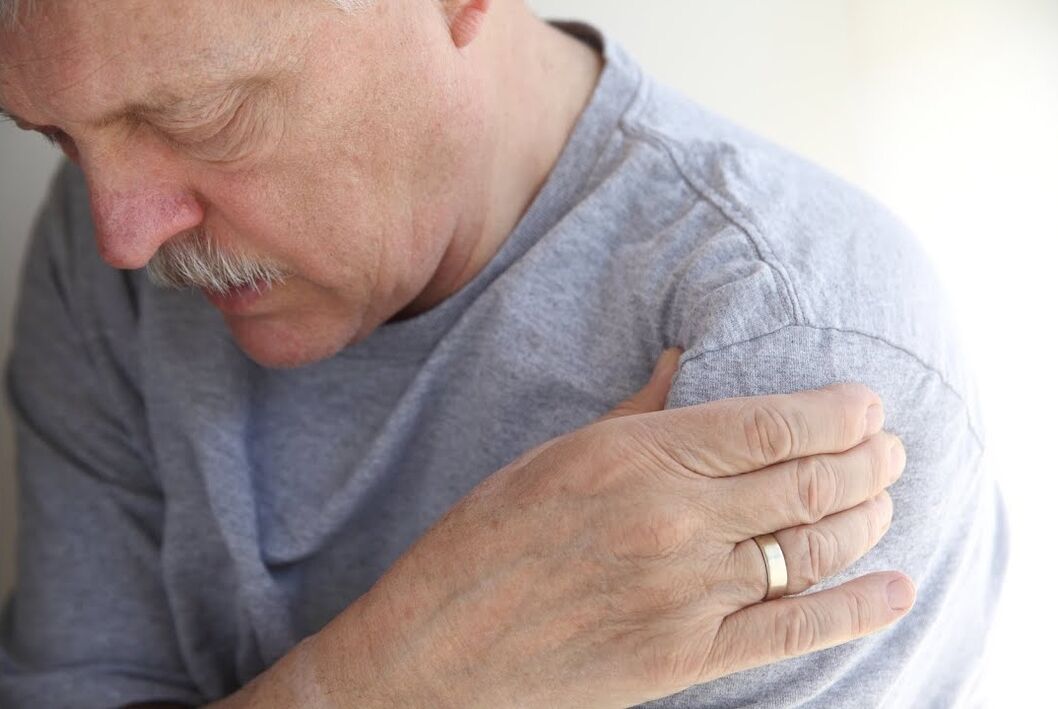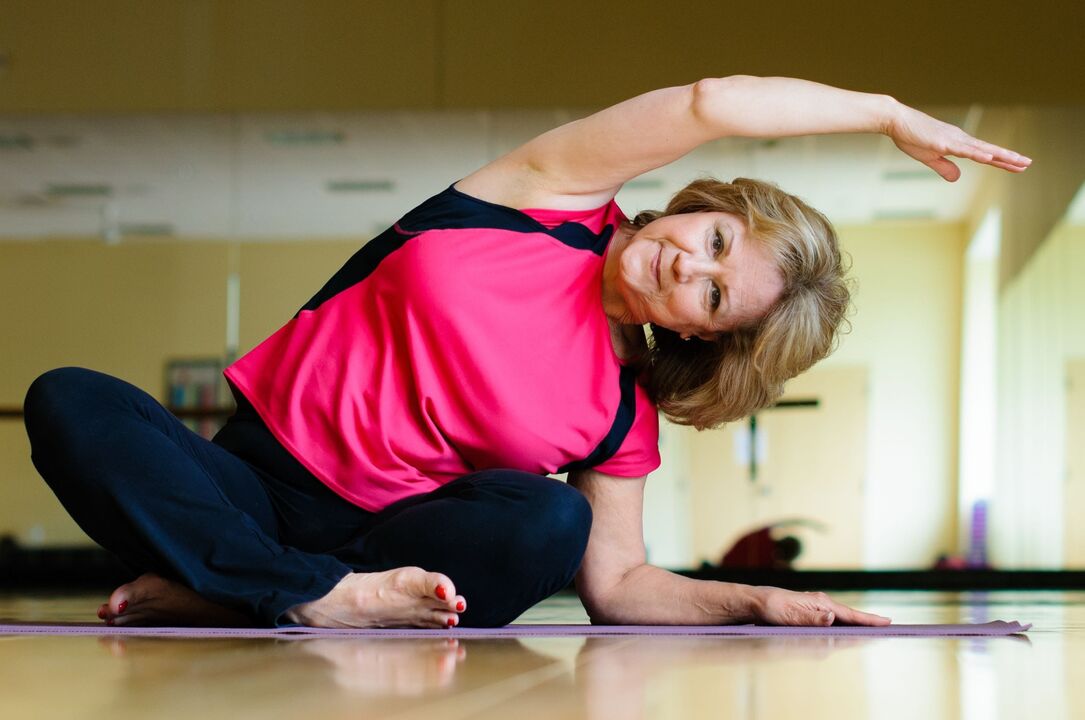
Shoulder joint problems are not as common as hip or knee problems, but they do exist, and among them it is worth highlighting shoulder joint arthrosis, which has its own symptoms and treatment. In most cases, a rheumatologist deals with these problems. In general, arthrosis of the shoulder joint has unique symptoms and is characterized by degenerative processes, not only in the cartilage. Often the capsule, garden apparatus and articulating bags suffer, of which there are many.
As a result of everything that happens, the joint is deformed, the range of motion is limited. Along with the development of such a condition, arthrosis is accompanied by pain. The reasons for this situation can be very different, we will try to understand them in detail.
What causes all this?
The inflammatory process leads to the results of arthrosis of the shoulder joint. It develops due to various factors, some of which are dealt with by a rheumatologist, while others will need the help of a traumatologist.
The most common cause of osteoarthritis is traumatic injury. This is observed in athletes as a result of microtrauma, during a common dislocation or after a fracture. Then arthrosis is post-traumatic and requires its own approach to treatment.
With the pathology of blood vessels, tissues experience a lack of oxygen, tissue dystrophy occurs. As a result, arthrosis of both the right and left shoulder joint develops. Often this condition can be observed with excessive physical exertion.
Often the causes are hormonal disorders or autoimmune damage to the cartilage. In the latter case, a rheumatologist deals with such arthrosis of the shoulder joint. Arthrosis occurs with, for example, psoriasis, gout.
It is reliable that the reasons can be hidden in heredity, especially if parents suffer from this disease. Also, people with congenital defects of the shoulder joint can develop arthrosis.
Age-related symptoms may also appear as the cartilage wears down. At risk are people over 50 years old.

Symptoms
Osteoarthritis of the shoulder joint develops over a long period of time and its symptoms do not appear. In this regard, you should constantly monitor the condition of the shoulder joint, and if even minor symptoms appear, you should immediately consult a doctor.
Everything starts with pain, first of all it indicates arthrosis. Joints ache especially in the morning or when the weather changes. When lifting weights, this symptom is actively felt, often the shoulder area cannot even be touched. As symptoms progress, arthrosis appears even at rest. In addition to joint pain, symptoms can be in the back, forearm or elbow.
Symptoms are completed by limitation of movements, the main causes of which are pain. A person cannot normally perform simple actions, such as combing or brushing their teeth.
Leak simulation test allows to study the presence of arthrosis.
It is also difficult to withdraw your hand. Contractures cannot be prevented if medication and gymnastics are not prescribed on time.
It complements the crisp symptoms that can appear to any degree. This happens due to the growth of bone tissue, and in the early stages, only the person himself feels it, and then it can be heard even from a distance. Swelling converges and not only the joint, but also the shoulder, forearm, skin can turn red. All this indicates the presence of an inflammatory process.

In the late stage of the disease, abduction of the arm to the side becomes a problem. This happens due to the growths that cover the joint area in abundance. Depending on the degree, there is some specificity - at each stage, the disease can manifest itself in different ways.
Depending on the degree
In the first stage of the disease, the pain bothers only in the morning and evening. It may take time for a person to get rid of "stiffness". A sharp movement is accompanied by a mild crisis without the cause of pain.
At rest, with this degree of pain, there is no pain, as there is no change in the X-ray film. It all starts from the second degree, when the manifestations become more pronounced.
The symptoms in the second stage are completed by a more pronounced crisis and pain. It is no longer possible to fully move the arm, however, the mobility of the joint is preserved. At this stage, destruction and deformation of cartilage occurs, there are characteristic manifestations on X-ray.
In the third degree, the process can be considered to be running, and drug treatment is already minimally successful. In this case, only light rocking movements are possible, and sharp pain becomes a constant companion. The joint area becomes very inflamed, deformation, pain in the shoulder and arm area are combined. Thus, post-traumatic arthrosis can be most often in the region of the right or left shoulder joint.

If you do not do special exercises, the muscles will atrophy. In this case, only surgical treatment can help. But it rarely reaches this stage, only in case of constant overload.
It is not necessary to talk about the joint with the fourth degree, because it simply does not exist. Post-traumatic arthrosis leads to this condition, especially if the injury is severe. Medicines, even strong ones, cannot cope with the pain. You can meet this stage in old and elderly people. The pain often spreads to the forearm and only adequate treatment can help.
Treatment
There are special drugs that can stop the disease. The main thing is to prescribe treatment with them as early as possible, even if the arthrosis is post-traumatic.
Medicines
First of all, non-steroidal anti-inflammatory drugs. There are many of them and only a doctor can choose the right one. In addition to reducing pain, the inflammatory process is also removed. Treatment with these drugs is carried out in courses, otherwise the effect on the cartilage may be negative.
Also, drugs have a negative effect on the gastric mucosa. With caution, they are prescribed to those who have problems with this organ. Prolonged use may result in ulcers.

Local treatment
With a strong inflammatory process, drugs based on hormones are injected together. Medicines have a local anti-inflammatory effect, but it is not safe for the joint itself, because it destroys the cartilage. The local use of ointments is justified, which effectively relieves pain.
The regimen is supplemented with drugs called chondroprotectors. It will take a long time to treat the disease with these drugs, but they help the cartilage tissue to regenerate and the joint to function normally. The composition includes glucosamine, chondroitin sulfate and hyaluronic acid. The effect persists for a long time even after the drugs are stopped.
Physiotherapy and gymnastics
There are many techniques that practically do not use drugs, but allow you to get excellent results. Treatment of this disease is carried out with the help of:
- magnetotherapy;
- therapeutic baths;
- laser;
- ultrasound;
- dirt
In parallel, special exercises are performed to increase the range of motion in the joint. Gymnastics has many techniques that are prescribed depending on the degree and stage of the disease.

It is best to perform the exercises under the supervision of an experienced doctor, who will choose the optimal ones.
Operation
If gymnastics and drug treatment do not help, it is necessary to operate. Shoulder joint endoprosthesis can solve the problem. They completely replace everything that is old and worn out, the prosthesis itself is made of metal or ceramics. The service life of such an implant is about 15-25 years.
Treating this disease is very difficult and not always possible. Success has only a complex approach, where the treatment consists of gymnastics or special exercises, medicines supplemented with physiotherapy. He is especially worried about the disease in his right shoulder, because it is the working hand.
It is better to treat the disease at the initial stage and not take it to extremes. If arthrosis is treated at an early stage, many negative consequences can be avoided. However, it is not recommended to treat this disease alone.
































